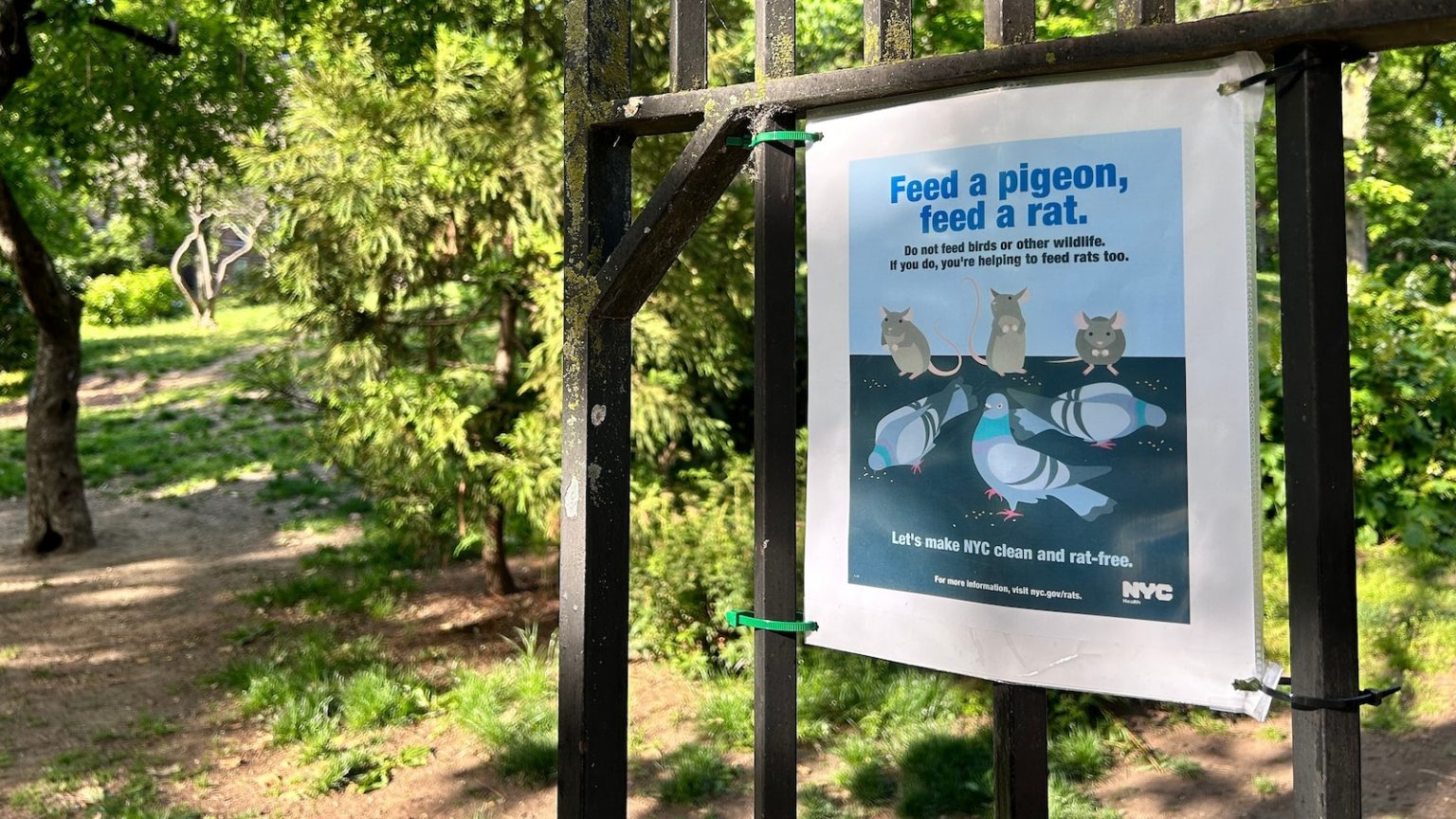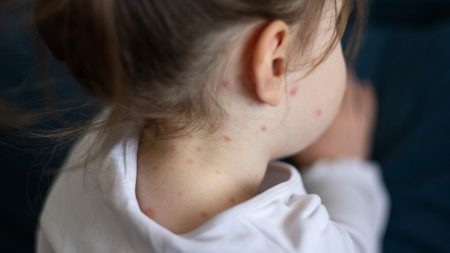Introduction: The Unwelcome Rise of Urban Rats
Climate change is ushering in an unexpected challenge for cities worldwide: a surge in urban rat populations. A recent study published in Science Advances reveals that rising temperatures are creating an environment where rats thrive, even in unfavorable weather conditions. This trend is evident in cities like New York, where signs caution against feeding pigeons to avoid inadvertently feeding rats. As temperatures continue to rise, the concerning reality is that urban areas are becoming more hospitable to these unwelcome pests.
Temperature Projections and Their Impact on Rat Populations
By 2100, urban temperatures are projected to increase by 1.9 to 4.4 degrees, fostering an environment where rats can survive and reproduce more effectively. Professor Jonathan Richmond explains that warmer winters may enhance rat survival, while increased food availability could lead to more frequent reproductive cycles, accelerating population growth. This combination poses a significant threat to urban ecosystems, as rat populations are likely to swell in response to these climatic shifts.
Urban Case Studies: Contrasting Rat Population Trends
A study of 16 cities found most experiencing rising rat populations, with notable exceptions. Washington, D.C., for instance, sees its rat population growing 1.5 times faster than New York City, where stricter control measures are in place. In contrast, New Orleans and Tokyo are successfully reducing their rat numbers through robust control teams and active citizen reporting, including Tokyo’s innovative "name and shame" social media approach, which pressures businesses to maintain cleanliness.
Health Risks and Social Implications of Rat Infestations
The implications of rising rat populations extend beyond mere nuisance; they pose serious health risks. Rats carry over 50 diseases, making them significant vectors of illness. Kathleen Corradi, NYC’s "rat czar," also highlights the mental health impact, particularly in lower-income and minority communities, where daily exposure to rats can increase depression risk fivefold. This equity issue underscores the need for comprehensive strategies to mitigate the effects of rat infestations.
Community Roles in Combating the Rat Problem
Effective rat control requires collective effort. Residents play a crucial role by managing waste and securing food sources. composting and using sealed garbage containers can significantly reduce rat food access. NYC’s initiatives, including the Rat Pack program, empower residents to take proactive steps, demonstrating the effectiveness of community involvement in curbing rat populations.
Future Strategies: Integrated Pest Management
As urban temperatures rise, traditional control methods like traps and poison will become less effective. Professor Richmond advocates for integrated pest management, focusing on eliminating conditions that attract rats, such as food availability and shelter. Encouraging residents to report sightings through hotlines like 311 can aid in tracking and controlling populations. A proactive, multi-faceted approach is essential to stay ahead of this growing concern, ensuring healthier, more sustainable urban environments for all.















